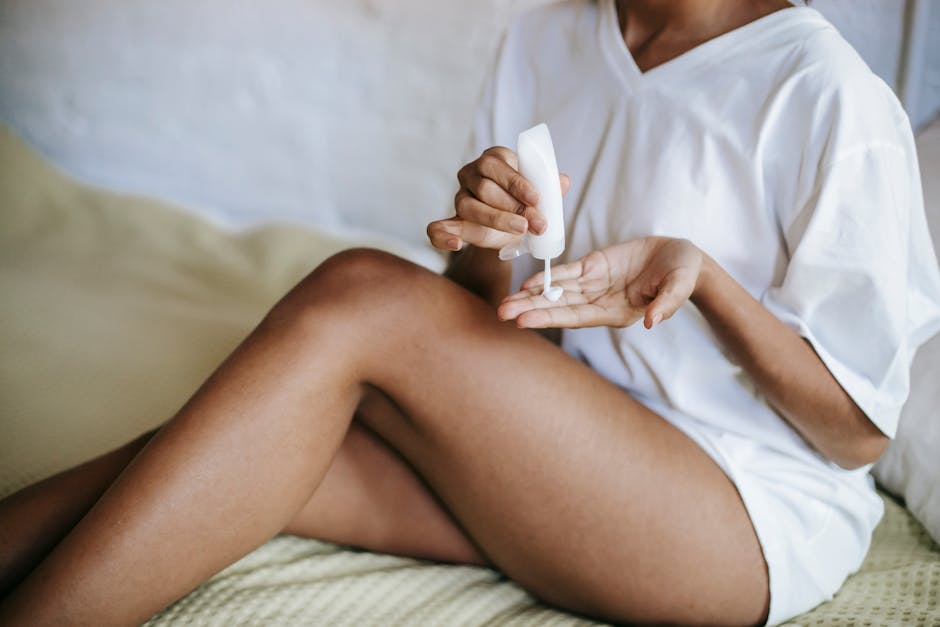preventative botox
Introduction to Preventative Botox
Preventative Botox is not about fixing wrinkles you already have; it’s about stopping them before they start. Think of it as maintenance for your face to keep those lines from setting up camp. This method involves getting Botox injections before the wrinkles have a chance to fully develop, usually starting in your late 20s to early 30s. It’s about being proactive rather than reactive. By relaxing the muscles that cause wrinkles through facial expressions, Preventative Botox keeps the skin smooth and youthful. Don’t wait for the lines to show; take control early on. It’s like telling potential wrinkles, “Not today, not ever.”
Understanding How Preventative Botox Works
Preventative Botox is all about stopping wrinkles before they start. Imagine your skin as a piece of paper. Every time you make a facial expression—smiling, squinting, or frowning—you’re folding that paper. Over time, those folds turn into creases, which we see as wrinkles. Botox, a type of neurotoxin, works by relaxing the muscles that cause these folds. When injected, Botox blocks the signals from your nerves to your muscles, meaning the muscle can’t contract. No contractions mean no folding, keeping the skin smooth.
People usually start Preventative Botox in their late 20s or early 30s, right when those first subtle lines begin to show. It’s not about freezing your face; it’s about softening muscle movements to prevent deep wrinkles down the road. The idea is, if you can get ahead of the game, you might slow down the need for more intensive treatments later.
The Right Age to Start Considering Preventative Botox
There’s no one-size-fits-all answer to when you should start preventative Botox. However, many experts suggest considering it in your mid to late 20s or early 30s. The idea is to start before your dynamic wrinkles—those caused by moving your face—settle into permanent lines. It’s like catching the wrinkle train before it leaves the station. If you’re noticing faint lines when you laugh, frown, or look surprised and they don’t disappear when your face relaxes, it might be time to consider Botox. Remember, this isn’t about changing how you look but keeping your skin smooth and preventing deeper lines down the road. Think of it as routine maintenance for your face.
Key Benefits of Early Botox Treatment
Starting Botox treatments early has some game-changing benefits. First off, it smooths out those fine lines and prevents them from digging in deep. Think of it like stopping wrinkles in their tracks before they get a chance to set up camp. This isn’t just about looking good now, but about keeping those youthful vibes for longer. Another plus? When you start early, you might not need as much Botox later on. It’s like training your muscles to chill out, so over time, they forget how to frown or squint hard enough to make marks on your skin. And guess what? This can be kinder on your wallet in the long run. You’re not just investing in looking fab today but saving on future treatments. So, early Botox treatments? A smart move for staying smooth and saving dough.
Common Areas Treated with Preventative Botox
Preventative Botox targets the face’s places where wrinkles often show up first. These areas include the forehead, where horizontal lines can appear when you raise your eyebrows. Next up are the crow’s feet, those little lines at the corners of your eyes that fan out when you smile or squint. Then there’s the area between your eyebrows, often called the “11s” because it looks like two parallel lines. This spot gets lines from frowning or squinting. People also use preventative Botox around the mouth to tackle smile lines and on the neck to smooth out bands or lines that can appear there. The idea is to relax these muscles a bit, so they don’t fold the skin into deep lines over time. It’s like hitting pause on the crease-forming action of your face.
The Procedure: What to Expect During Treatment
When you walk into the clinic for preventative Botox, the process is straightforward and relatively quick. First, your practitioner will chat with you about your concerns and examine the areas you want to target. This step is crucial because it helps them understand your facial muscle movement and decide on the specific areas to treat.
Next, they’ll clean your skin to prepare for the injections. Don’t worry; the needles used for Botox are tiny, so while you might feel a slight pinch, it’s not usually described as painful. The number of injections you’ll receive depends on the areas being treated and the desired outcome. Generally, the entire procedure can take as little as 10 to 20 minutes.
After the injections, you can get right back to your day. There’s no downtime required, though your doctor might advise you to avoid strenuous exercise for 24 hours and to stay upright for a few hours to prevent the Botox from spreading to unintended areas.
Bruising and swelling are minimal but can happen. Any side effects typically fade quickly. Remember, it takes about 7 to 14 days to see the full effects of preventative Botox, so be patient. And there you have it—smooth, more relaxed skin that can help keep those lines from deepening over time.
Potential Side Effects and How to Minimize Them
While preventative Botox has become a popular choice for those looking to ward off wrinkles before they start, it’s not without its risks. Common side effects include bruising at the injection site, swelling, and sometimes a headache. More rare, but serious, side effects can include drooping eyelids or eyebrows if the Botox migrates from the injection site. To minimize these risks, it’s crucial to choose an experienced injector. Before getting Botox, discuss any concerns and ask how many procedures your injector has performed. After the procedure, follow the aftercare instructions closely. Avoid touching or rubbing the treated area for at least 24 hours to prevent spreading the Botox to unwanted areas. Remember, the goal is prevention, not correction, so starting with small doses can also reduce the risk of complications.
How Often Should You Get Preventative Botox?
Starting with preventative Botox is a proactive approach to minimize the appearance of wrinkles before they fully form. You’re aiming to keep your skin smooth and youthful. The big question is, how often should you get these treatments? It’s not a one-size-fits-all answer, but most experts recommend getting preventative Botox injections every 3 to 6 months. This frequency keeps the muscles relaxed, stopping wrinkles from making a permanent mark on your face. If you’re younger, in your late 20s or early 30s, and just starting out, you might lean towards the 6-month mark. As you get older, or if you’re more expressive with your face, sliding towards the 3-month interval could better serve your goals. Always chat with a professional to nail down a plan that’s perfect for you. Their advice will consider your skin type, lifestyle, and the specifics of your facial expressions. Keeping up with the treatments as recommended is key to maintaining that smooth, youthful appearance without letting those lines set in.
Comparing Costs: Preventative Botox vs. Traditional Anti-Aging Treatments
When weighing the options between preventative Botox and traditional anti-aging treatments, the cost often plays a huge role in the decision-making process. Simply put, preventative Botox, which is used to stop wrinkles before they fully form, typically runs between (12 to )20 per unit. Considering you might need around 10 to 30 units for the forehead area alone, you’re looking at about (120 to )600 per session, depending on your specific needs and your provider’s pricing.
On the other side, traditional anti-aging remedies, like creams and serums, might seem cheaper at first glance. A high-quality anti-aging cream can cost anywhere from (50 to )150 per bottle. Sounds more affordable, right? But here’s the kicker: these creams and serums are ongoing expenses, and their costs can accumulate quickly over months and years, easily surpassing the initial cost of Botox treatments, which only need to be repeated every 3 to 6 months.
Moreover, other traditional treatments, such as facelifts, have a much steeper price point, ranging in the thousands of dollars, and come with longer recovery periods. They might offer longer-lasting results but with a higher price tag and increased risk.
In a nutshell, preventative Botox offers a middle ground in terms of cost. It’s less invasive and has a lower upfront cost compared to some heavy-duty cosmetic surgeries. Yet, it might be more effective and, over time, a more financially savvy option compared to the cumulative expense of creams and serums. The beauty of this approach is that you prevent deeper lines and wrinkles from forming in the first place, potentially saving you from more expensive treatments down the line.
Conclusion: Is Preventative Botox Right for You?
Deciding whether preventative Botox is right for you comes down to personal choice and priorities. It’s popular among people in their mid-20s to mid-30s looking to head off wrinkles before they start. If the idea of fewer lines and wrinkles as you age appeals to you, it could be worth considering. Remember, Botox is not a one-time fix but requires ongoing treatments to maintain results. Also, it’s crucial to have realistic expectations and choose a reputable practitioner for the best results. Ultimately, if you value a proactive approach to aging and are prepared for the commitment and cost, preventative Botox might be a fitting addition to your skincare regimen. Book your free consultation online today with Dr. Laura Cho at Bellatudo Skin and Wellness Center in Tustin, CA.







